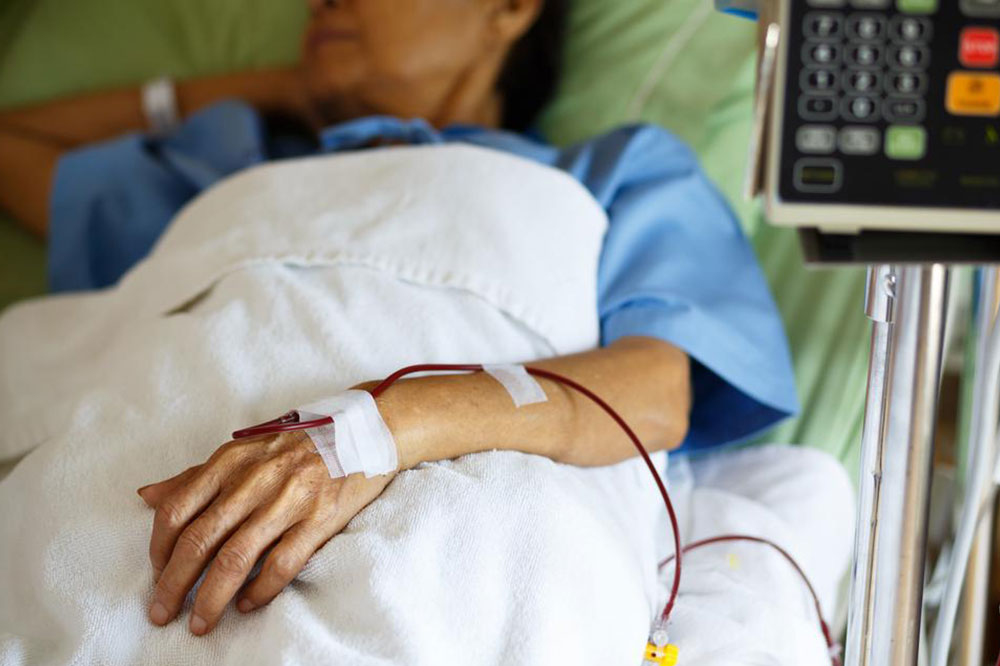
The Most Common Types of Anemia
Anemia is a condition identified by the inadequacy of red blood cells in the body. These cells are important since they carry hemoglobin and iron throughout the body. There are several types of anemia, but all of them lead to a drop in the red blood cell count in the body. The two most common types of anemia that you should know about are listed here for you:
Aplastic anemia
Bone marrow is a soft tissue located at the center of the bones. Aplastic anemia, one of the most common types of anemia, is when the bone marrow stops making adequate healthy blood cells. It is because of this that the condition is also sometimes known as bone marrow failure. As per the Aplastic Anemia and MDS International Foundation, there are 600 to 900 people affected by this condition every year in America. The National Institute of Diabetes and Digestive and Kidney Diseases says that the disease affects both the genders equally. It is commonly found to affect adults between 20 and 25 and those aged 60. The cause of the condition is not known yet. But it is commonly believed to inherited or acquired.
Inherited aplastic anemia is less common than acquired form. Commonly, the causes associated with acquired aplastic anemia are the following:
- Exposure to toxic elements like benzene, arsenic, and pesticides
- Undergoing radiation or chemotherapy as a part of treatment for cancer
- Diseases that can be infectious such as HIV, lupus, rheumatoid arthritis, Epstein-Barr virus, and other conditions affecting the immune system of the body
- Pregnancy
- Cancer that spreads to the bones
- Some medications such as antibiotics and NSAIDs
Inherited aplastic anemia is passed through genes, and it goes from a parent to their child. The common causes associated with this type are:
- Shwachman–Diamond syndrome
- Fanconi anemia
- Diamond–Blackfan anemia
- Dyskeratosis congenita
Sickle cell anemia
This type of anemia is inherited and is identified by the inadequacy of healthy red blood cells and the occurrence of painful episodes, known as sickle cell crises. The cause of this type of anemia is linked with gene mutation. The mutation sends a message to the body, asking it to produce hemoglobin, a protein found in the red blood cells. When the mutation occurs, it makes the body produce defective hemoglobin, which is referred to as hemoglobin S. This makes the red blood cells form a crescent shape.
These abnormal sickle cells are sticky and stiff. Therefore, they end up blocking the flow of blood in the vessels present in the organs and the limbs. This causes pain and increases the chances of infection.
If you realize that you may be suffering from these two types of anemia, we recommend that you seek medical help immediately. Consult with your doctor and relate to him or her all the signs and symptoms you are facing to help with an accurate diagnosis and chart an effective treatment plan.


